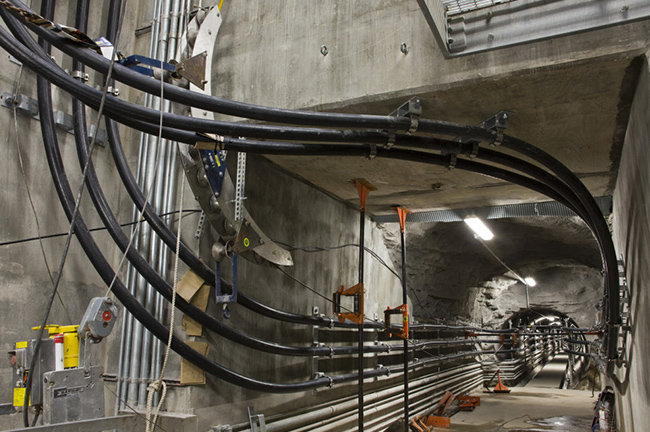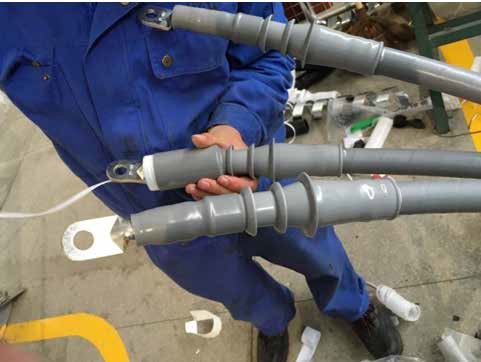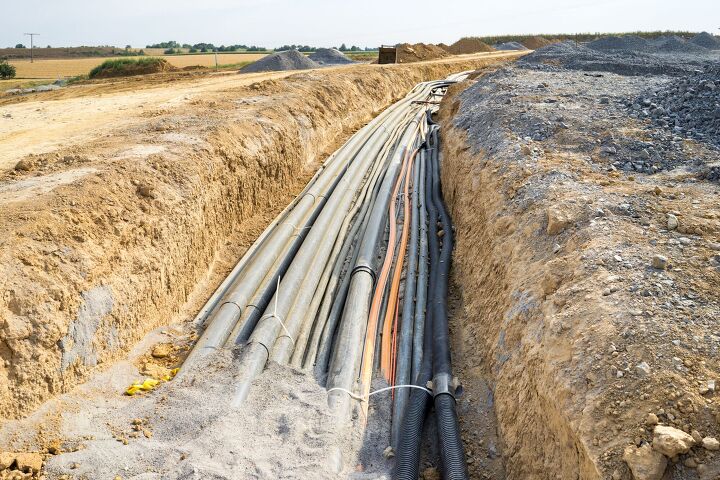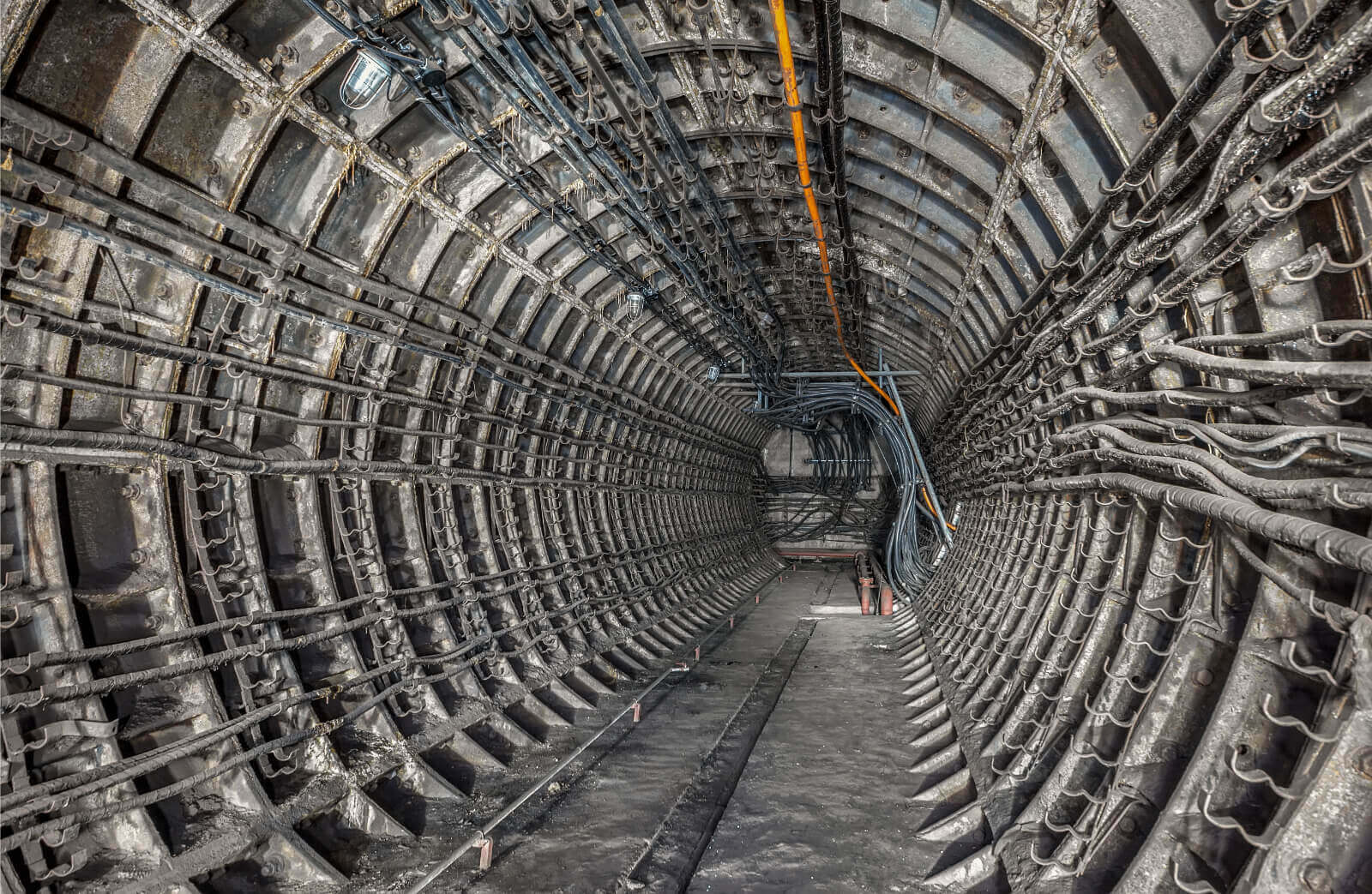It was a big expense but well worth the money spent. Burying power lines costs roughly US1 million per mile.

Why Dont We Bury Power Lines Underground Star Energy
Underground power lines may be more popular in scenic areas to preserve the viewPrevent Billions in Damages.

. The average cost of running power lines to a new residence is 37 per foot. In 2017 residents of the area voted to bury the power lines. Problems with aerial power lines can easily be located and fixed.
If you do not have a power line pole right at your house. It should be available for London Underground on the TfL website - hunt it down. In early 2010 Kruse roughly estimated the cost of installing one mile of overhead line might be 18000 compared to 24000 for one mile of underground line.
As above including the moving of a pole and the new cable and connection plus some legal costs for a new wayleave we paid Scottish and Southern Electricity 3500. Trees are the No. Installing underground lines can cost 7-10 times more than overhead lines a cost that would likely be paid by customers in the form of higher rates Buried lines must be protected by conduit otherwise they are susceptible to shortages from groundwater infiltration.
Installing underground lines costs more initially than overhead lines but the underground lines are less prone to damage and disruptions and maintenance is less expensive. This is one of those questions and yours offers information that is not clear because you do not give a time frame. They cost approximately 100000 per mile to string.
It cost just around 13k to have the underground lines laid and the power poles removed. The amount used is around 12TWh per year is consumed by London Underground and London Overground not sure how much they pay per unit. We probably incurred around 1500 in additional ground works cost but that was largely because we already had all the heavy gear on site for all the other site ground works.
It costs an average of 187500 to run power lines to a new residence that is 1 mile away from the nearest lines. Weve done over 50000 utility searches helping clients plan on-site activities safely. Underlying topography may cause underground power lines to be very expensive.
Span over millions of miles and would cost billions to transition to an underground system. You can save money and spend 800 on a 3600-watt inverter generator when. Answer 1 of 5.
Overhead power lines are pricey too. Get a fixed-fee quote with no hidden extras. However the call to the power company was not as great of news.
Aerial power lines are cheap and easier to maintain. Is it not aggravating when a single question can be properly answered in a number of ways some in complete opposition to each other. The target area is prone to floods such as the coastal areas of New South Wales.
The primary benefit of putting distribution power lines underground Mihlmester said is of course fewer power outages due to downed trees and branches. Putting power lines underground will make electricity service more resilient to wind damage but also make flooding a bigger concern. Putting power lines underground might seem like a simple way to reduce outages but its also extremely costly - and could lead to longer outages.
Placing lines underground in new construction is cheaper. However underground versions can be 10 times that amount. Weve done over 50000 utility searches helping clients plan on-site activities safely.
Where the costs of putting lines underground is typically covered by the developer during construction. Even Washington DC which has made the decision to underground a portion of its utility wires is expected to cost 1 billion and raise rates. How much does it cost to underground power lines.
It would cost up to 50 billion to put all of Australias existing overhead power lines underground. 1 enemy of electric. Get a fixed-fee quote with no hidden extras.
It is more expensive to inst. This figure has been conservatively calculated after discussing the issue with executives in a number of distribution systems and it is based on precise calculations made in specific areas. Research shows that the price for running a typical overhead power cable is approximately 100000 per mile and that the price for burying those same wires underground would increase by 10 times or more.
AND I would need. I also had to pay around 6k to have the house rewired and power points and lights added to one of the sheds. Ad Comprehensive search reports done quickly.
Power lines in the US. The main reason that utility companies will not bury power lines underground is cost. The State Government says it would cost too much to put all power lines underground but others argue its too risky not to.
Xcel energy told me that I would need to pay them 350 plus 650 per foot for the cost to have the line buried. Ad Comprehensive search reports done quickly. Increased Costs Associated With Underground Power Lines One of the main arguments against burying power lines is that theyre more expensive than their above-ground counterparts.

Underground Electrical Transmission Cables The Basics

Why Aren T Power Lines Underground Here S What To Know

Underground Vs Overhead Power Line Installation Cost Comparison And Mitigation

Underground Electric Distribution 21st Century Costs

Why Burying Power Lines Sounds Better Than It Really Is The Motley Fool

The Differences Between Overhead And Underground Power Lines South Central Power

How Much Does Underground Electrical Service Cost Upgraded Home

Why Don T We Use More Underground Power Lines Lowell Corporation
0 comments
Post a Comment